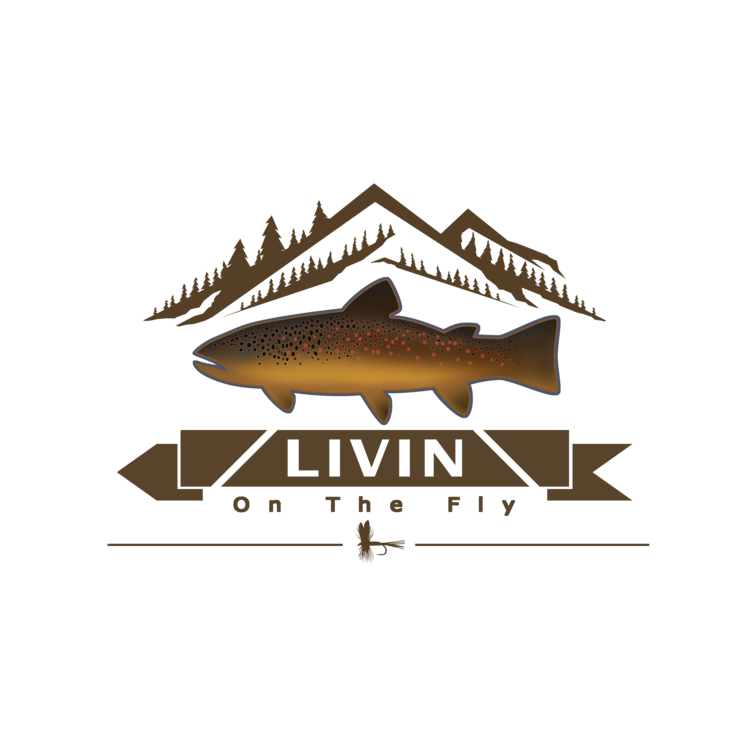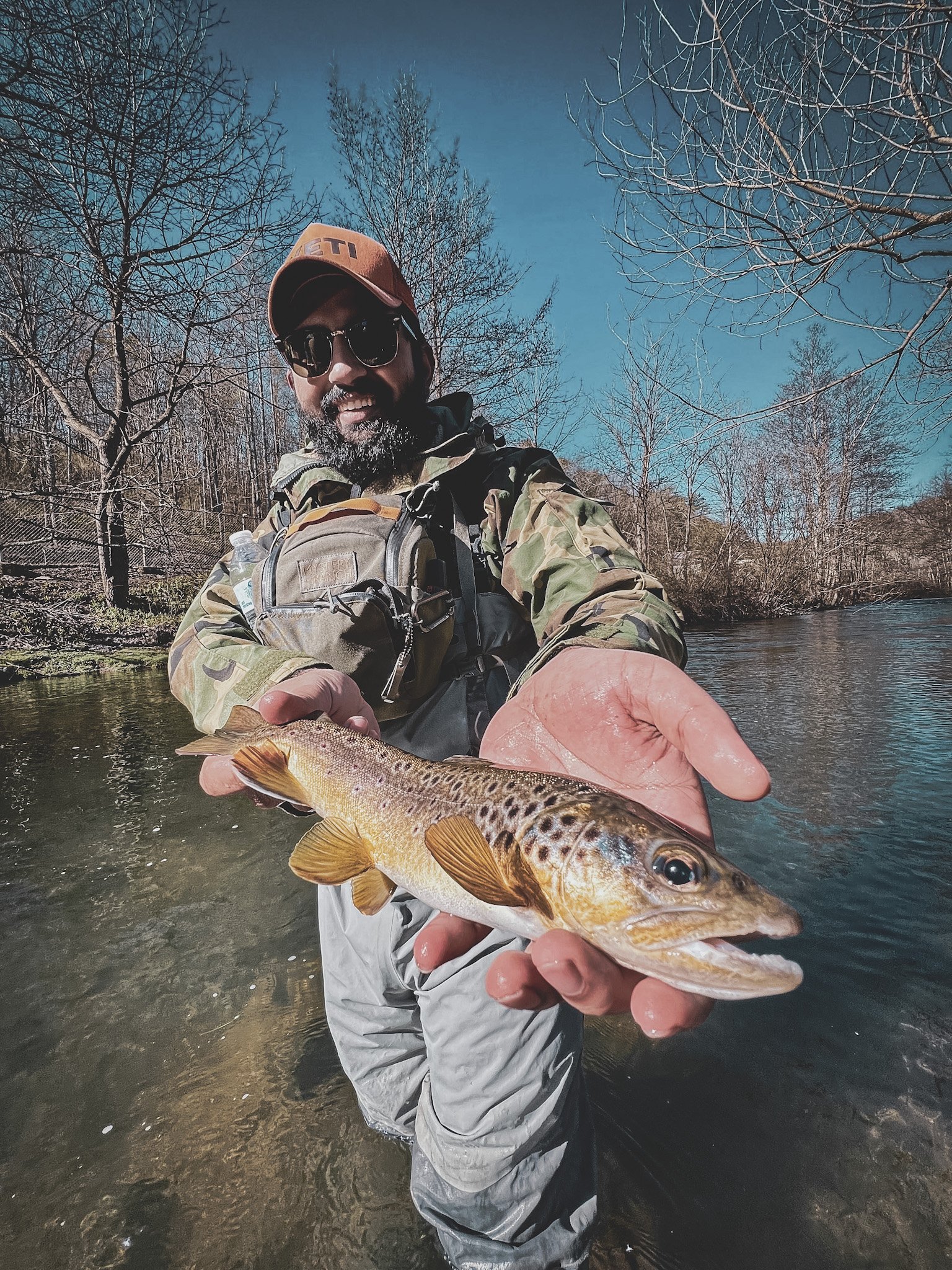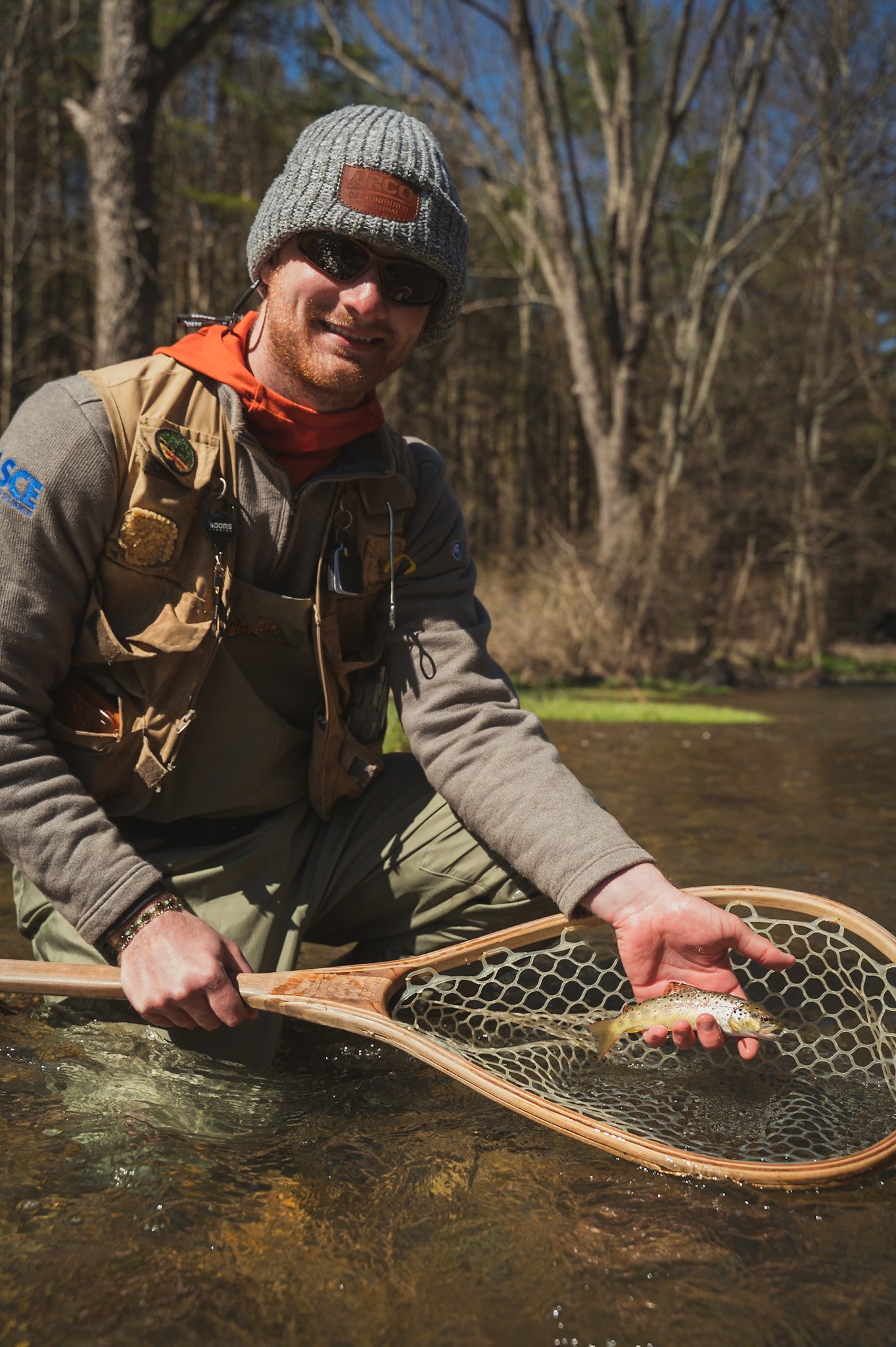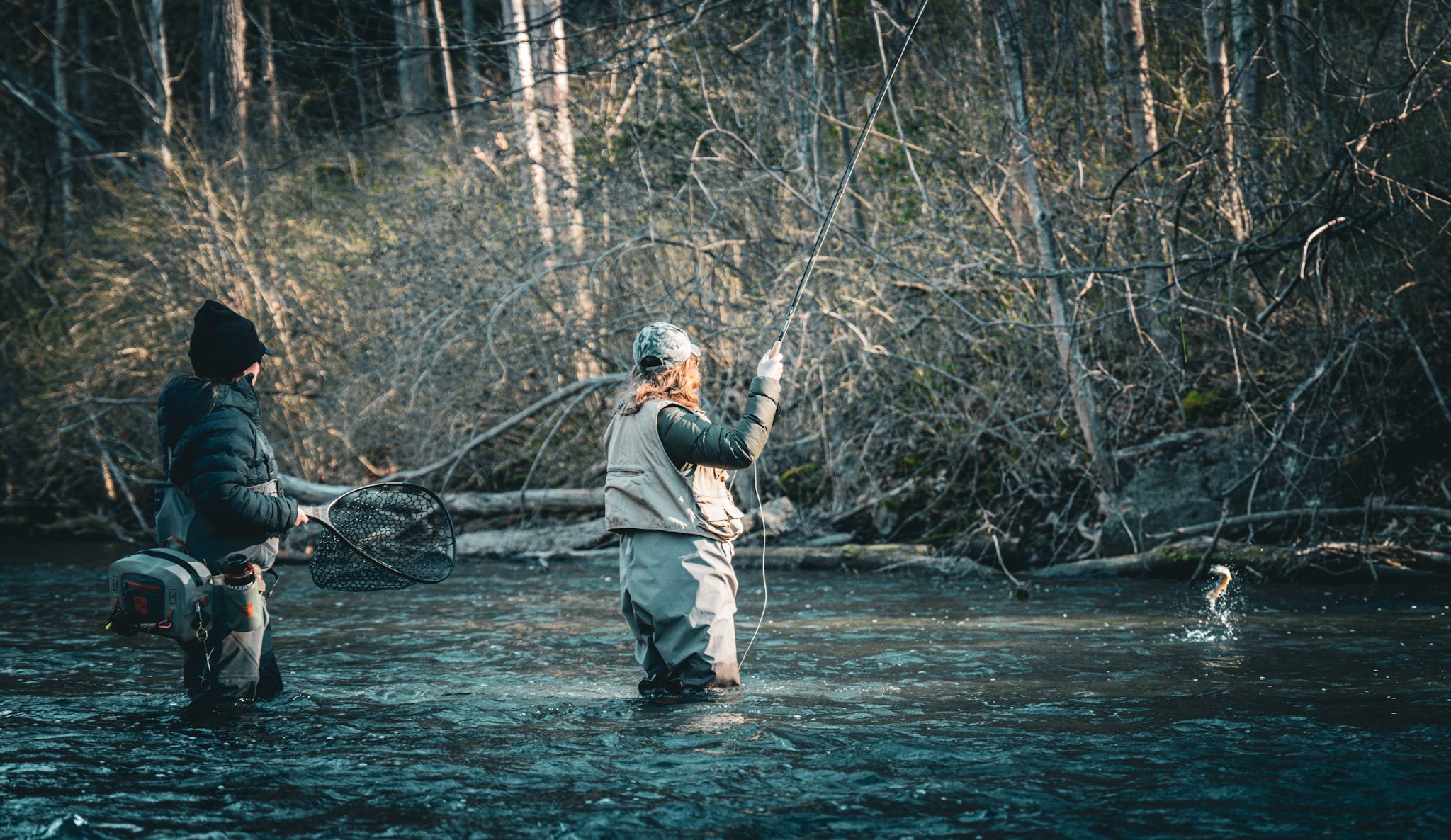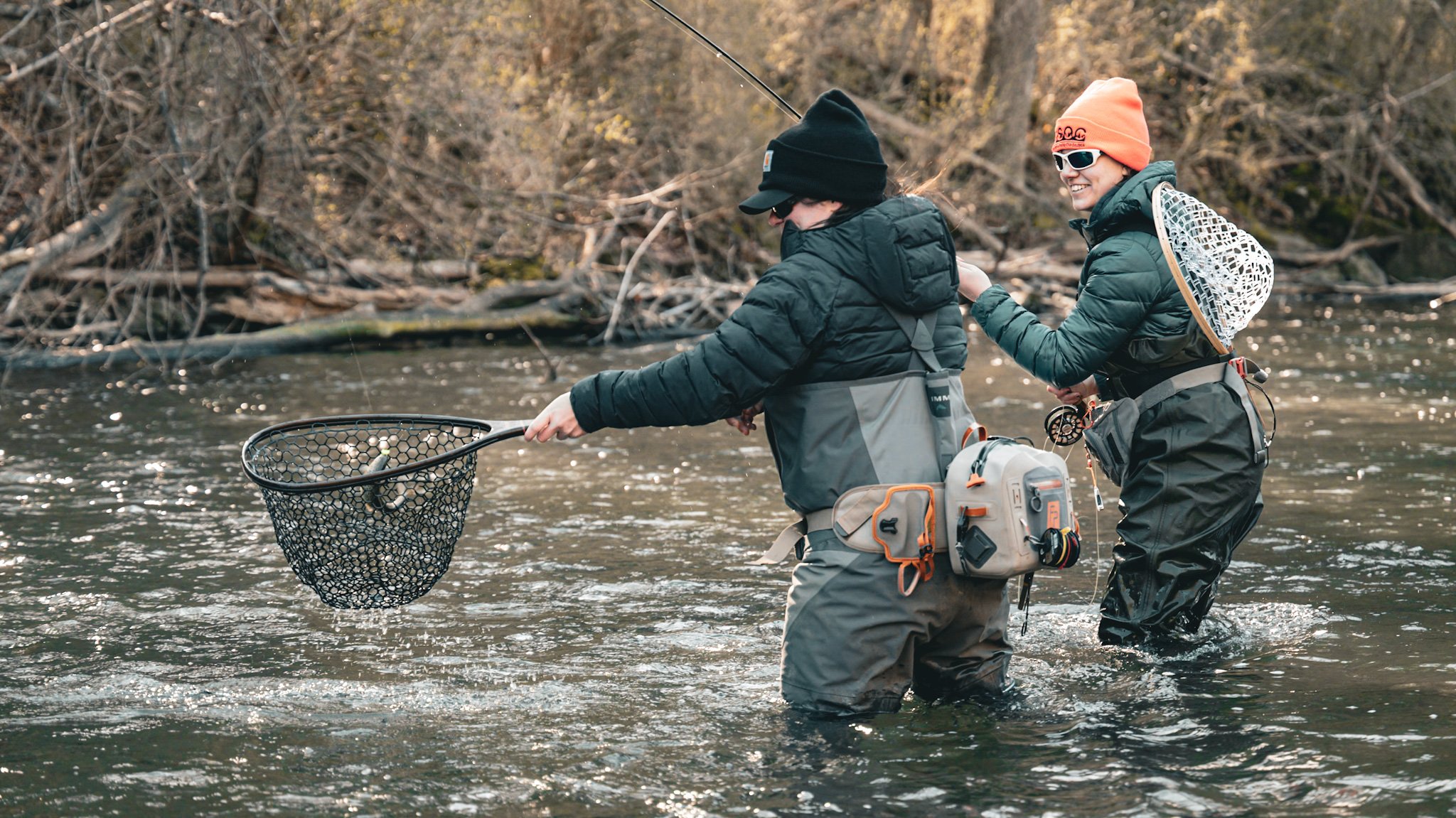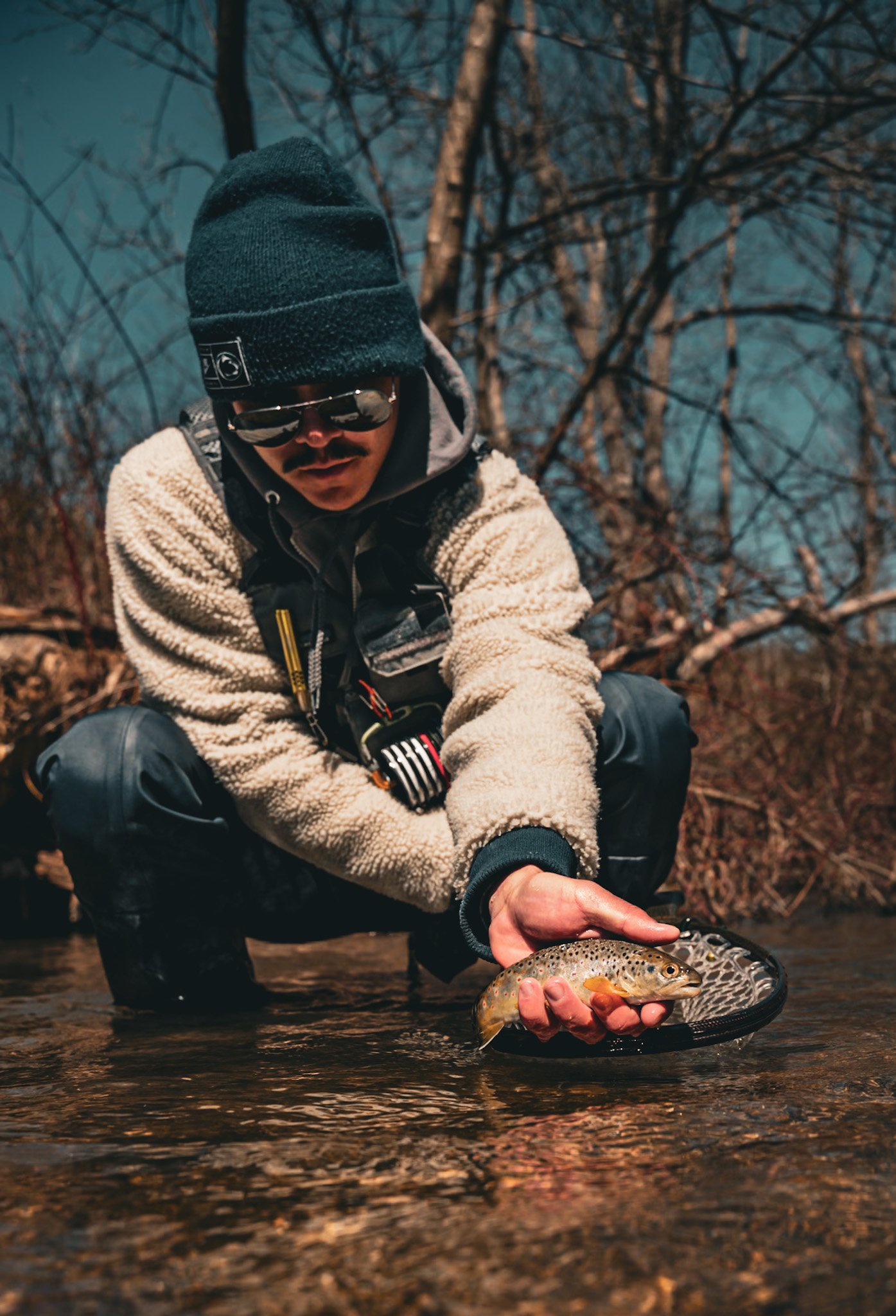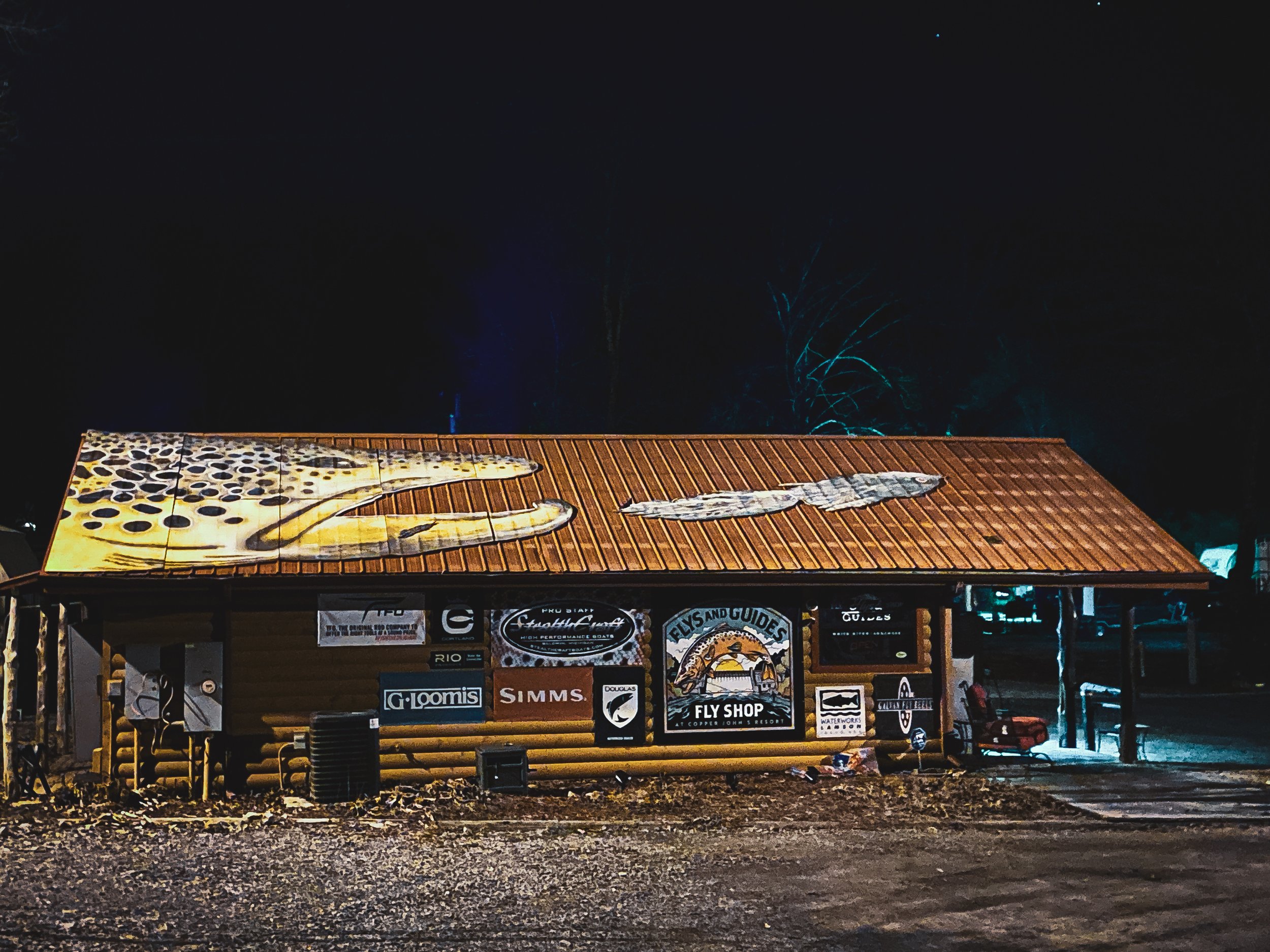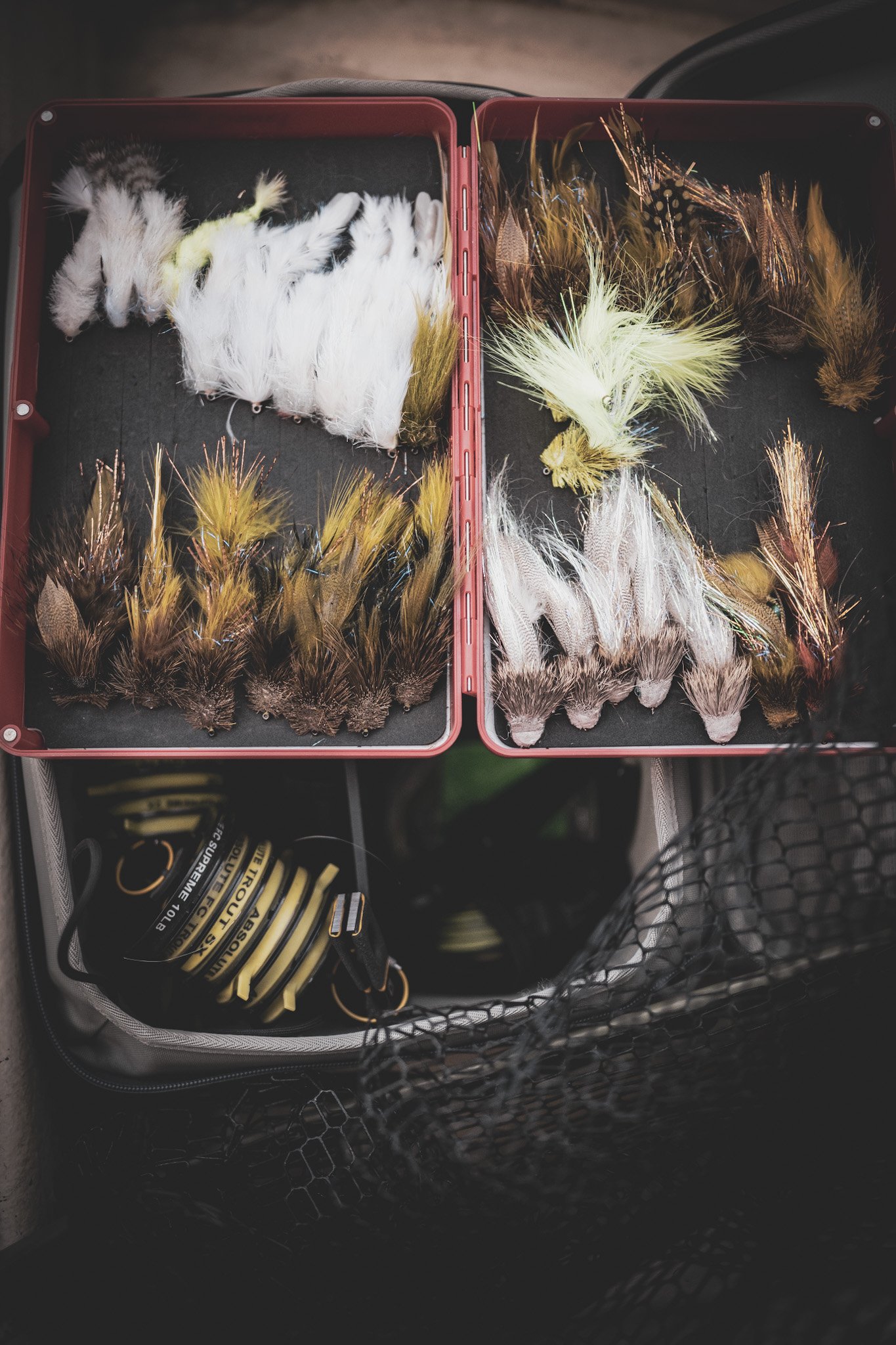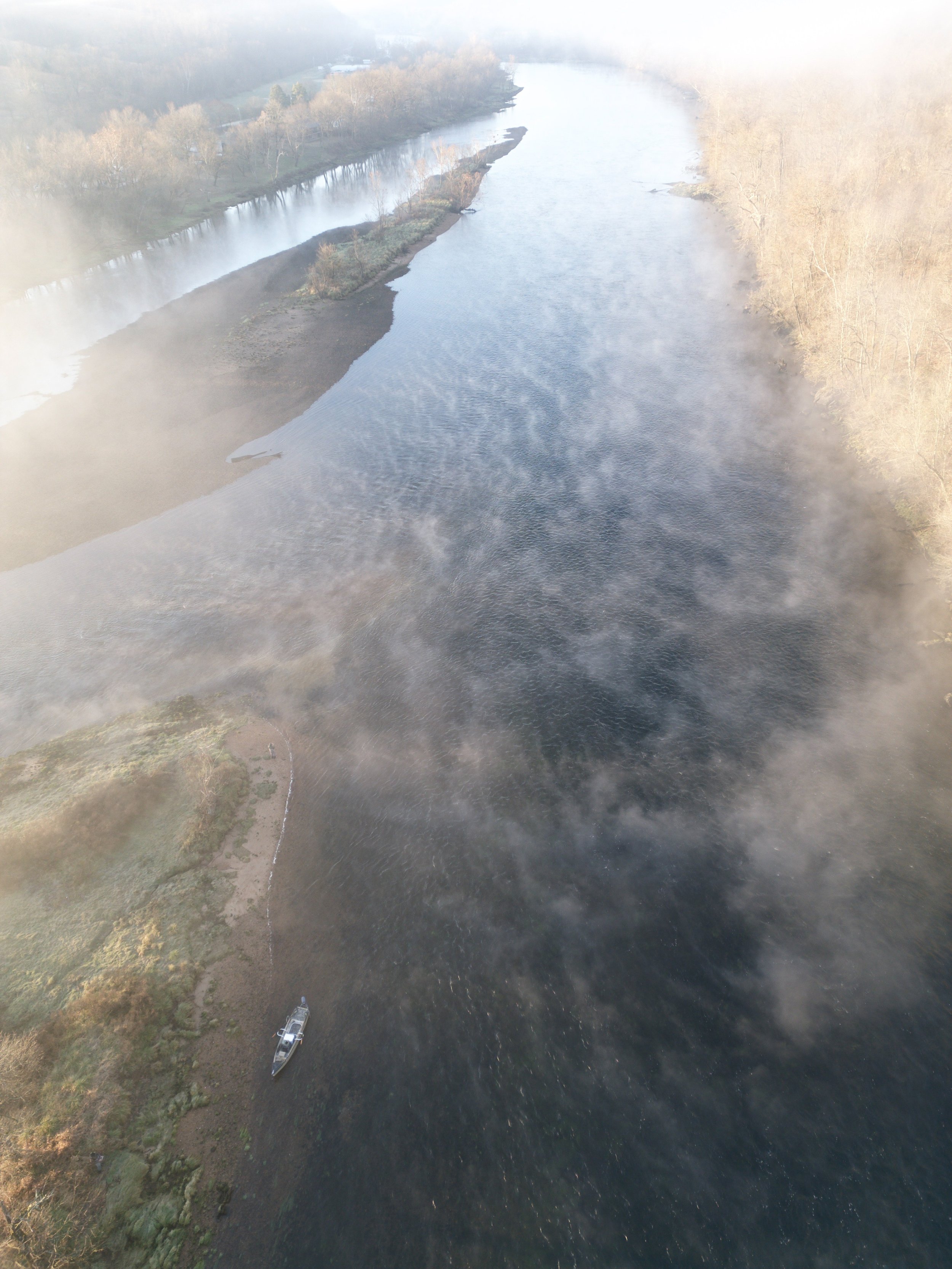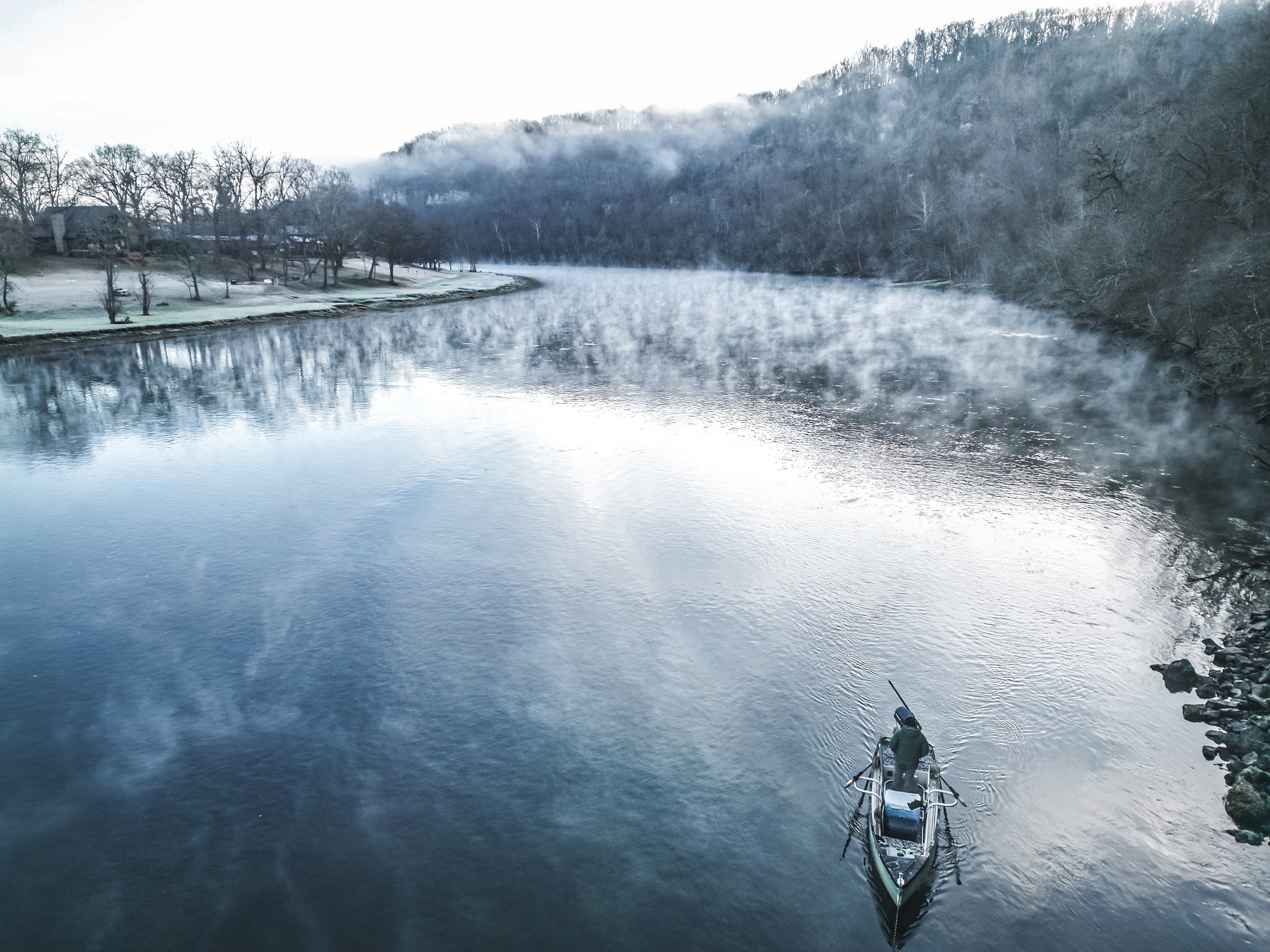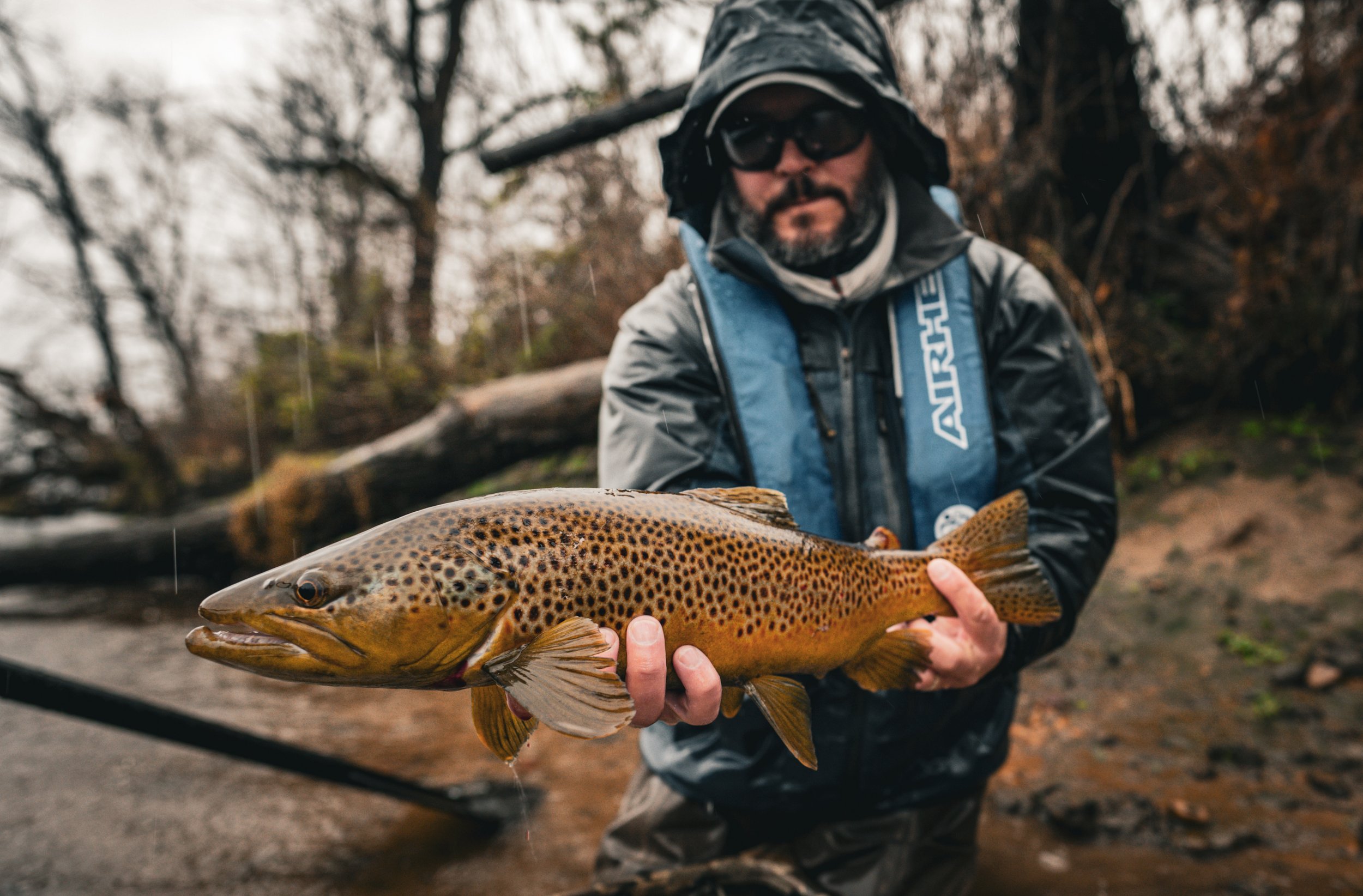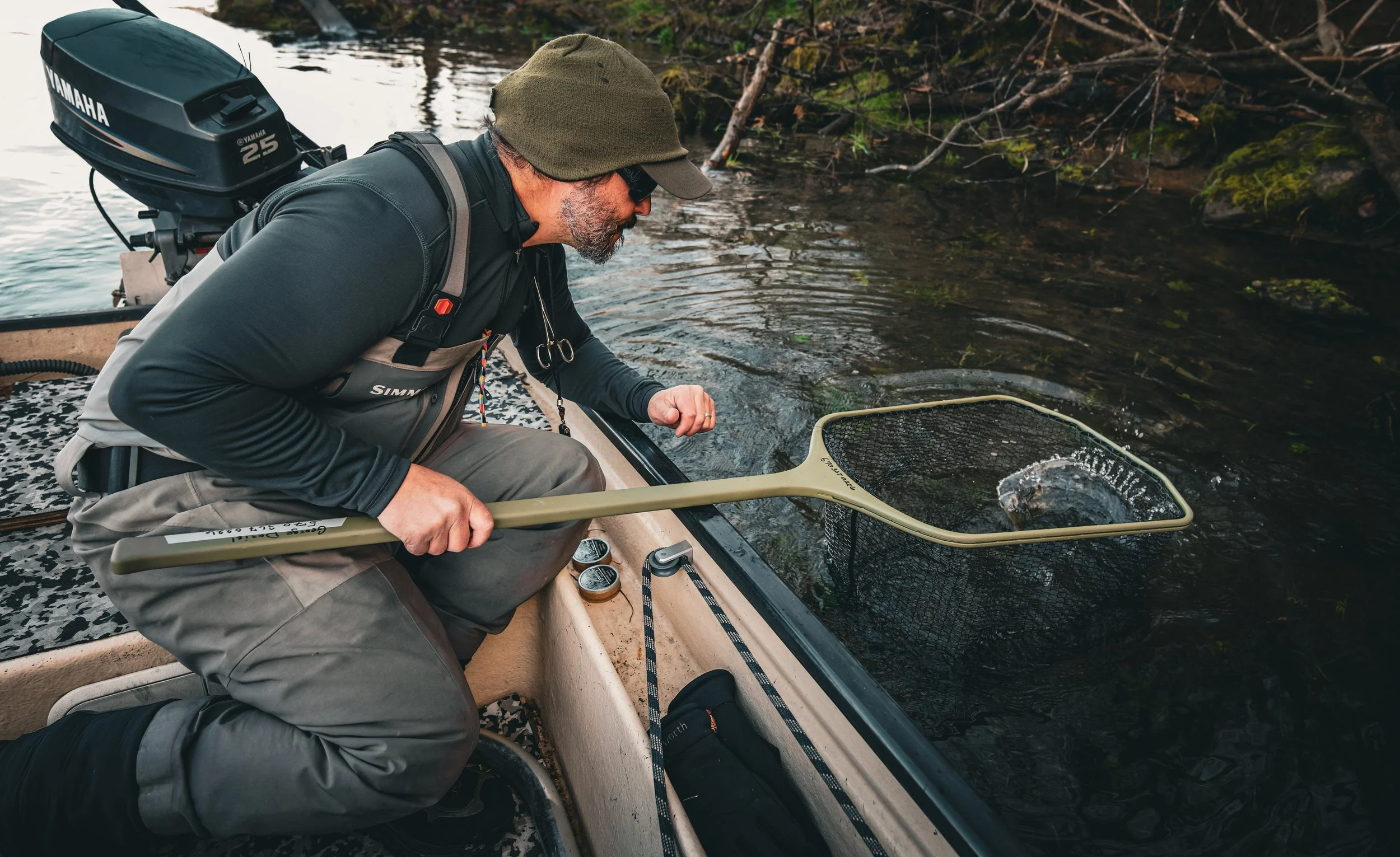Kinesiology (KINES) 93 is an advanced fly fishing course offered by Penn State’s Joe Humphreys Fly Fishing Program. Prerequisites for KINES 93 are either completion of KINES 04 (Intro to Fly Tying and Fly Fishing) or demonstrate competency in fly fishing and fly tying skills.
The semester highlight is a full day guide trip on a local waterway. Guides from TCO fly shop provide one on one fly fishing instruction for the day.
Although I still enjoy catching fish, in recent years, I have found more satisfaction and purpose in helping others grow their angling skills and find enjoyment on the water. I believe one quality of excellent teachers/guides is that they live by the idea - “I am here to help others become better anglers, not show how good I am.” TCO’s guides embody this trait, which is why we continue to utilize their professional services. Their staff are excellent instructors and sincerely want to help anglers succeed.
This photo journal takes you on a journey with these Penn State students as they embark on a fly fishing experience with TCO’s guides/instructors.
Students learning fly tying techniques while preparing fly boxes for field trips.
Student learning “portion control” while tying a pheasant tail nymph. Slender/sleek patterns help to quickly achieve depth and stay within the strike zone
One student’s favorite transportation for hitting his favorite fishing spots.
Encouraging students to find their own “confidence” patterns is key. Students are taught to keep boxes simple and organized while focusing on good “on-water” tactics.
Size, shape, and color are three considerations when choosing the right pattern whether fishing surface or subsurface.
Guide and friend, Brian Wolfkiel, explaining how to rig for the morning session. Always helpful to keep it simple and Brian is a master at simplifying fly fishing rigs.
A quick peak at Brian’s box. He’s always trying new patterns. He has maintained a beginner’s mindset, striving for new angles, well into his 60s…a quality I hope to still possess later in life.
George Costa (right) discusses tippet length for a dry dropper rig as blue winged olives begin to emerge.
Emphasizing the importance of good knots!
George Costa (right) breaking down the water for KINES 93 student.
I think one of the best skills beginning anglers need is developing “fishy eyes” for spotting fish. The challenge is knowing what to look for. Once you see it several times…you’re dialed in for life.
Students knowing when to drift versus when to swing. Gino is the current president of the PSU Fly Fishing Club and has assisted in helping his fellow student during this semester.
Big or small-we try to instill the importance of properly handling wild trout.
Nothing like your first trout on the fly. Jamie SanFilippo (left) owns and operates American Fly Fishing Company and got this KINES 93 student into her first trout on a fly.
Jamie and the student celebrate after the trout was released. The rod and reel this student used to catch her first fish was donated to the Joe Humphreys Fly Fishing Program. If you’re looking to donate older gear-please consider the Joe Humphreys Fly Fishing Program. I make sure the donations find a good home and will be put to good use.
Jamie helping another KINES 93 student connect with a wild brown trout.
A good guide will teach fly fishing independence and instill confidence within the angler.
Learning to catch fish is a byproduct of the Joe Humphreys Fly Fishing Program. The main goal of the program is to introduce a lifelong hobby. Fly fishing is an activity that continues to offer opportunity and experiences over a lifetime.
I hope you you enjoyed this photo essay.
